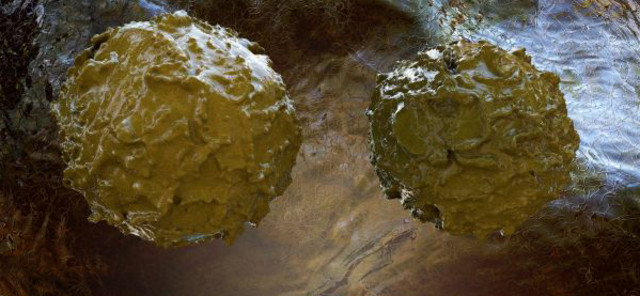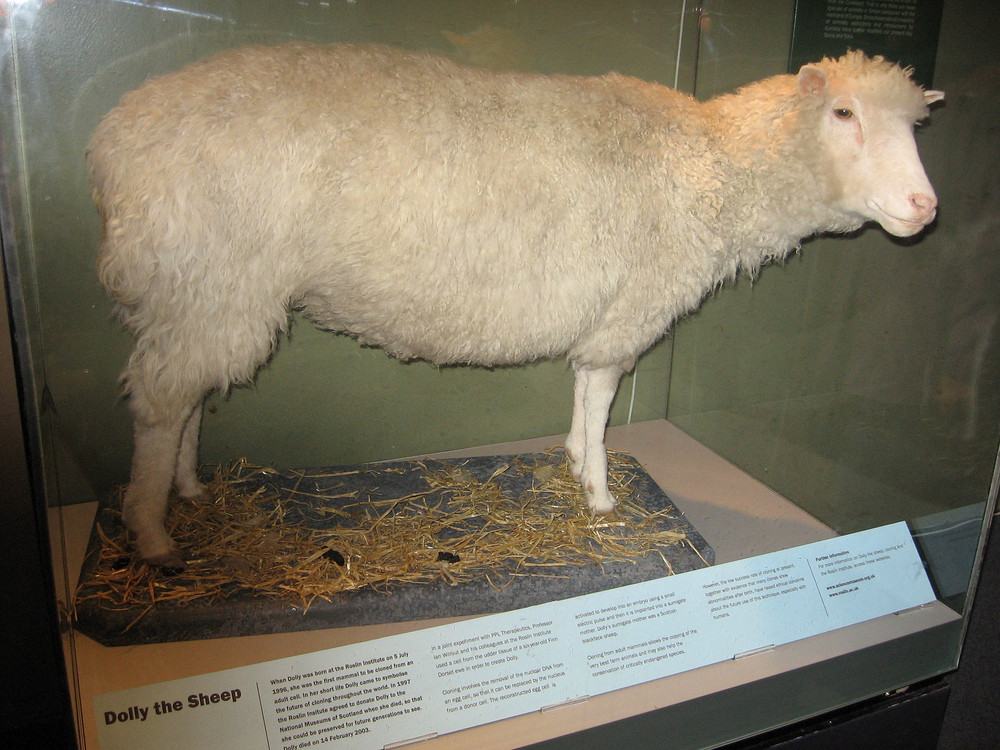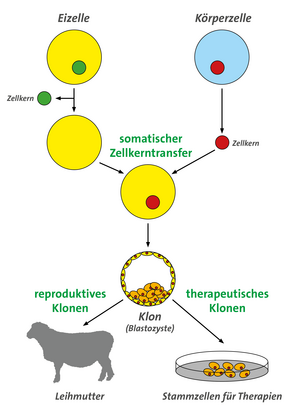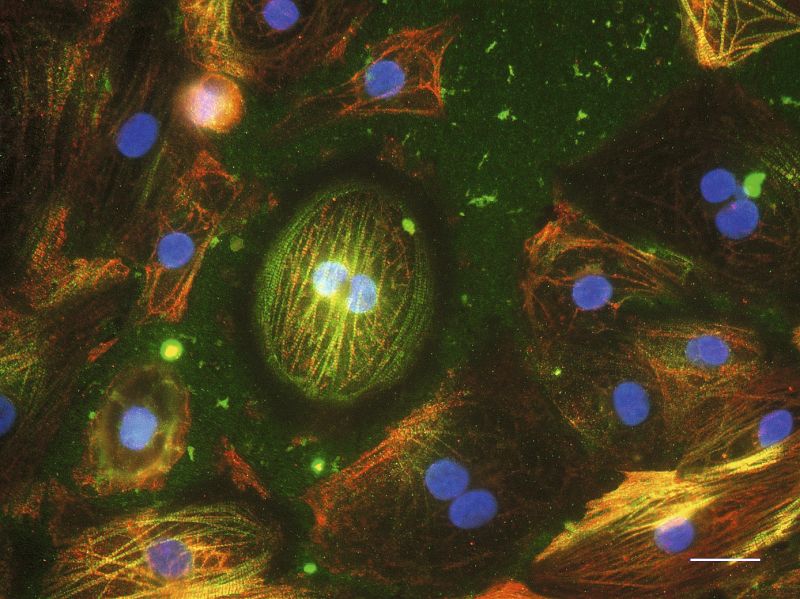In 1997 a sheep in Scotland made international headlines. The sheep known as Dolly was a copy of another sheep. More specifically, it was a genetic copy of another adult sheep that would never have been made naturally. Research made it possible and brought cloning to the forefront of public attention. After the initial euphoria about this novel procedure, the press soon encountered gloomy visions, predicting cloned copies of Adolf Hitler (Spiegel 10/1997) and human clones as storage for spare parts (Bild Zeitung 1997). 20 years later, none of these "horror scenarios" occurred. In the meantime, researchers used the dolly method to clone other animal species. This includes mice, rabbits, pigs and cattle. In January 2018, Chinese researchers published a study of two cloned long-tailed macaques. A year later another study on five cloned and genetically modified long-tailed macaques followed from Shanghai. But why do researchers clone? How does it work? What is this method used for in scientific research and how does the research of cloning contribute to biomedical progress?
What is cloning?
The creation of several individuals with identical genetic material is known as cloning. Individual cells, tissues or entire organisms can be created. Genetically identical offspring of a cell or a living being are known as clones. They can be produced artificially or naturally through asexual reproduction. Cloning should not be confused with to clone DNA, which refers to the production of identical copies of DNA and is used as a common tool in molecular biology.
Clones in nature
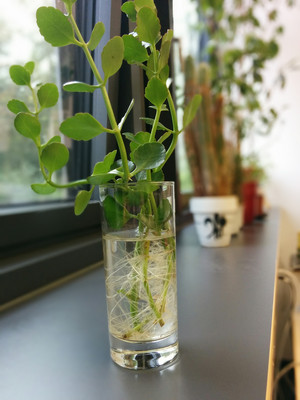
Bacteria and other protozoa such as amoebae or paramecium have the ability to multiply asexually through cell division. The two daughter cells that are produced have the same genetic material as the mother cell. Lower animals such as polyps can also reproduce asexually through budding. Adult animals release larvae as floating buds that then develop into complete polyps. Plants are also capable of vegetative reproduction. New parts of plant such as cuttings, bulbs, sprouts or rhizomes are formed through cell division that then grow into a new plant that has the exact genetic material as the mother plant. Higher animals and humans are not capable of asexual reproduction. However, natural clones can still develop in the form of monozygotic twins, since these originate from a single fertilized egg cell but these events are rare.
Cloning of mammals in science
The production of artificial clones of mammals in the laboratory is essentially performed by using two methods: embryo splitting or nuclear transfer. The first method involves artificial splitting of an embryo. Since all cells are still totipotent at the beginning of embryonic development, i.e. can still develop into a complete organism, genetically identical twins or multiple births are possible.
In nuclear transfer, the nucleus of a donor cell is removed and transferred into a denucleated, unfertilized egg cell. The oocyte then develops as a genetic clone of the donor cell since it carries its genetic material. While in initial experiments the transferred nuclei originated from embryonic tissue, nuclei from other body cells, such as skin cells, were later used. The special environment in the egg cell leads to the reprogramming of the nucleus so that it loses its characteristics and development starts all over again. This process is known as somatic cell nuclear transfer (SCNT). It is also known as the dolly method, since the cloned sheep was the first mammal to be created using this method in 1996. Depending on the further use of the produced clone, two different methods can be distinguished: therapeutic cloning and reproductive cloning
Therapeutic cloning and stem cells
The aim of therapeutic cloning, also known as research cloning, is to obtain embryonic stem cells that are genetically identical to the donor organism. The embryo created after the nuclear transfer is in this procedure used in the blastocyst stage to produce stem cells. These cells are pluripotent. This means that they can develop into all cell types of the body. They are of specific interest for therapeutic purposes because a variety of tissues can be cultivated from them. In this way, diseases caused by the loss of certain cell types or tissues could be cured. For example, dead heart muscle tissue after a heart attack or degenerated nerve cells caused by Parkinson's disease could be replaced. Since the cloned stem cells are genetically identical with the donor organism, in this case with the patient to be treated, an immunological defensive reaction is less likely with this method. This means that the cells and tissues introduced into the body would not be repelled or would be repelled to a lesser extent. Constant treatment with drugs that suppress the immune system after transplantation (immunosuppressants) would therefore presumably no longer be necessary. In addition, it is hoped that cloned stem cell tissues will be able to counteract the lack of organ transplants that is partly due to the incompatibility of most donor organs.
During the past few years, a method where one can restore differentiated body cells to their original state has been developed. By adding certain genes, the cells are reprogrammed to give them the characteristics of embryonic stem cells. They are pluripotent and can once again differentiate into certain cell types. These cells are called induced pluripotent stem cells (iPS). In 2012 the Japanese stem cell researcher Shin'ya Yamanaka received the Nobel Prize in Physiology or Medicine for the development of this method. The iPS cells have great medical potential since they can also be used for cell replacement therapies such as the treatment of degenerative diseases. Since their production does not require nucleus transfer or an egg cell as is the case with therapeutic cloning, the use of iPS cells is much less problematic from an ethical and legal point of view.
However, the routine medical implementation of both methods is not expected in the near future. Stem cells have a potential to form tumors and this must at first be prevented. In addition, it must be possible to integrate functionally into the respective tissues or organs. In addition, transplanted replacement cells have also shown forms of rejection similar to those in organs. With the use of cloned stem cells generated from somatic nuclear transfer, mitochondrial differences between donor and egg cells are responsible for this rejection. Mitochondria are organelles that serve to generate energy for the cells. They also contain DNA that differs from the genetic information of the donor cell and can lead to rejection after a transplantation.
Reproductive cloning
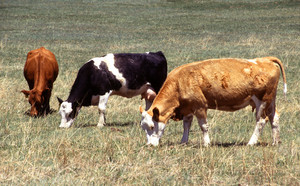
In contrast to therapeutic cloning, reproductive cloning does not destroy the embryo but transfers it in the blastocyst stage to the uterus of a surrogate mother until birth. Various animal species have already been cloned by using this method. In animal breeding, genetically identical offspring of farm animals with the desired characteristics (high-performance cattle) or with a resistance to diseases can be produced. In biomedicine, genetically altered animal species are cloned (transgenic animals) in order to preserve the special modifications in their genetic material. One example of this is pigs that are genetically modified in such a way that their cells are no longer treated as foreigners in the human immune system. These pigs are cloned by using nuclear transfer. Their organs and tissues, such as the heart or islet cells of the pancreas, are to be used as replacement organs for humans (xenotransplantation). Genetic manipulation prevents the strong rejection reactions that are otherwise expected after the transplantation of animal organs in humans.
Should this method become sufficiently reliable and efficient in the future, this cloning methods would also be able to produce genetically homogeneous animal populations that would prove to be an advantage for biomedical research of laboratory animals. For certain scientific questions, due to the individual genetic variability, a sufficient number of experimental animals must be used in order to obtain a statistically verified and meaningful result. In the case of genetically identical animals, the genetic variability factor would be negligible, so that the number of animals for the experiments could be reduced significantly. This would once again be in line with the ethical 3R principle that requires keeping the number of experimental animals to a minimum.
At present, however, the method of reproductive cloning is not yet safe enough. The consumption of oocytes is very high with a very low success rate. In the case of Dolly, only one of more than 270 implanted eggs led to pregnancy and live birth. The long-tailed macaque born in 2018 also needed 109 eggs before two individuals were born. The high mortality rate is probably due to incomplete reprogramming of the cell nucleus. The complex biochemical processes that play a role in this process are not yet fully understood. In past experiments, it was also found that the surviving cloned animals aged faster than naturally born young animals, they also developed diseases and showed severe organ malformation.
Legal status
Both reproductive and therapeutic cloning are controversial topics of discussion when it comes to their possible implementation in humans. Human cloning for reproductive purposes is unanimously regarded in society as ethically unacceptable, since current knowledge to prevent possible malformations and diseases is insufficient and clones could be exposed to unacceptable health risks. In Germany, as in most European countries, reproductive cloning of human beings is strictly prohibited. The German Embryo Protection Act of 1990 prohibits the production or use of embryos for any purpose other than to induce the pregnancy of the woman from whom the eggs originate. In addition, no human embryo may be manipulated outside the body in a way that does not serve its preservation. This means that the transfer of cell nucleus in humans for therapeutic cloning purposes is legally prohibited. Scientific work with embryonic human stem cells produced abroad from human embryos under specific conditions using methods that are prohibited in Germany are additionally regulated by the Stem Cell Act of 2002. This law regulates, which embryonic human stem cells from abroad may be imported into Germany and used here.
In animals, both therapeutic and reproductive cloning are allowed in biomedicine and to a certain extent for agriculture and food production. However, the EU is currently planning a ban on the cloning of livestock as well as the import of cloned animals and food produced from them, such as meat or milk. In addition, the use of offspring of cloned animals and products derived from them will no longer be permitted. In September 2015, the EU Parliament approved a corresponding legislative proposal by the EU Commission. Parliament is currently negotiating the final draft with the EU Council of Ministers.
At the EU level, there is no specific legislation that explicitly regulates animal cloning. National legislation exists only in Denmark and Norway. In both countries the cloning of animals for basic research is permitted, but only after official approval and taking into account the welfare of the animals. In Germany, as in most other countries, the cloning of animals is not directly prohibited, but indirectly regulated by animal protection laws. As with all types of animal experiments, an official permit must also be obtained for cloning if the experiments can cause harm, suffering or pain to the animals.
Literature
Original publication about the cloning of Dolly (Wilmut et al., Nature 1997)
Publication about the cloning of two long-tailed macaques (Liu et al., Cell 2018)
Original publication about the production of iPS cells (Takahashi & Yamanaka, Cell 2006)
Review article about the use of genetic modified pigs (Yang & Wu, Frontiers in Genetics 2018)

